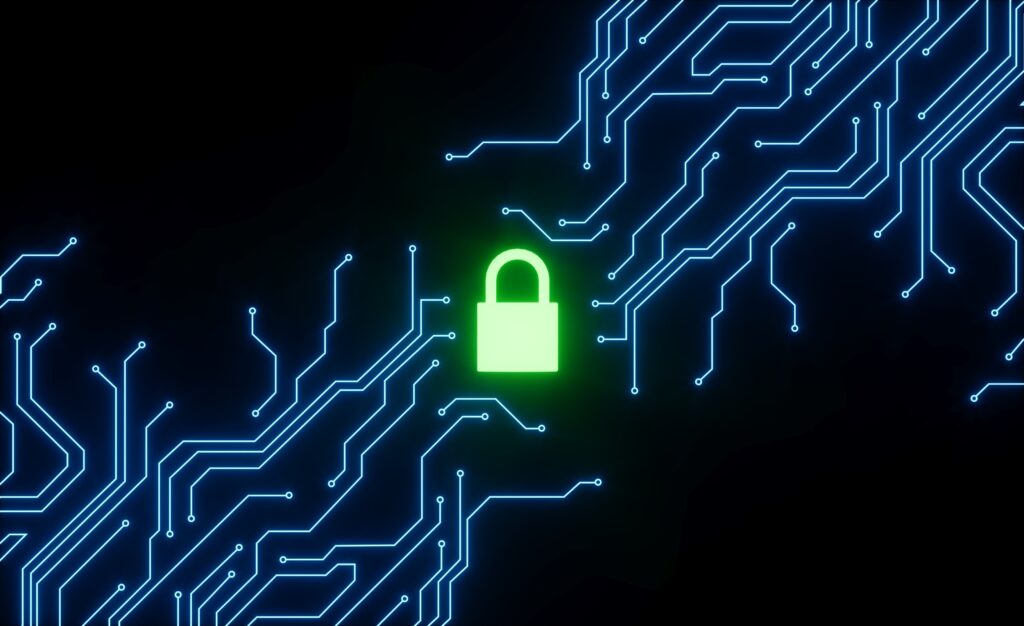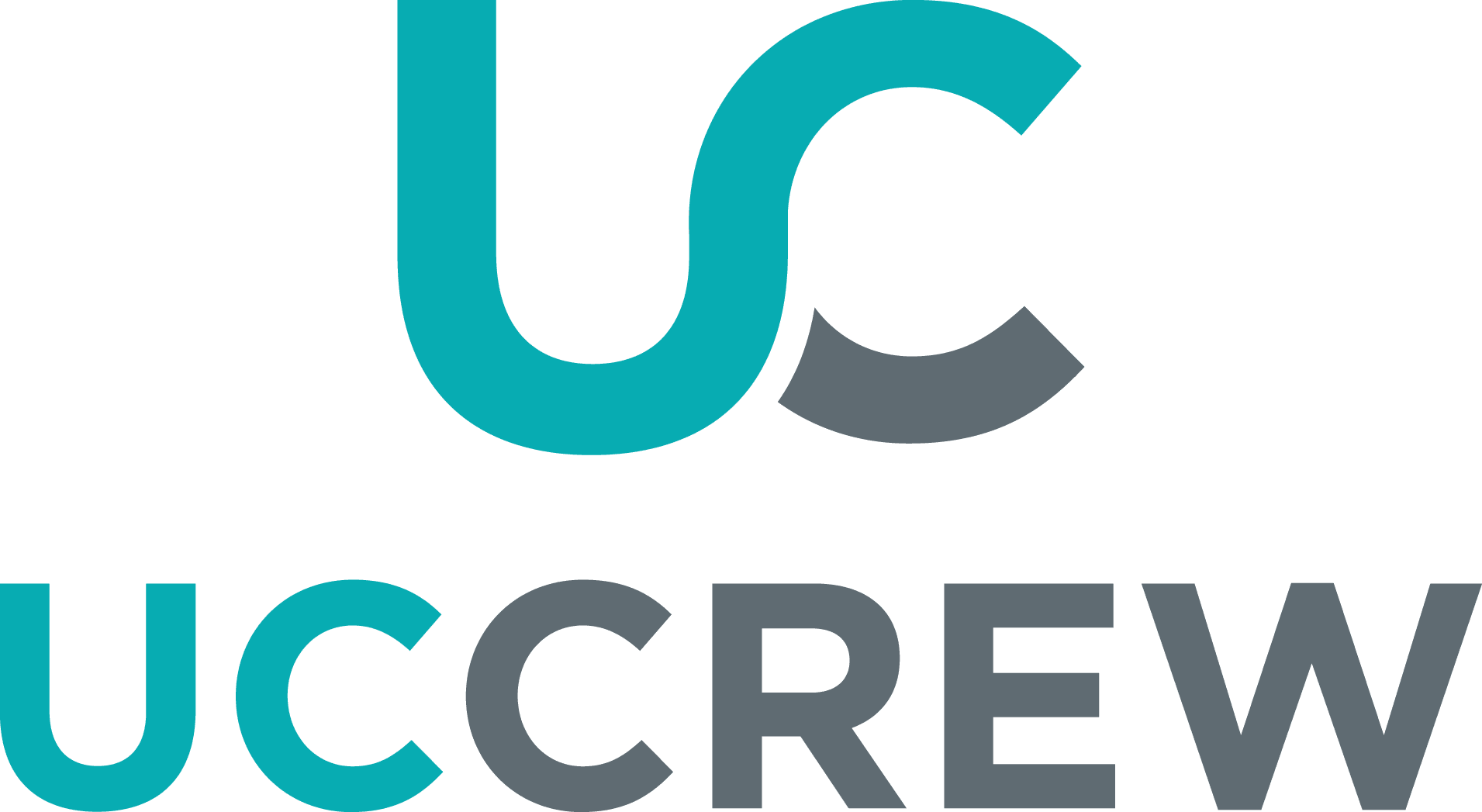With remote work becoming increasingly popular, the number of cybersecurity attacks is rising. This is because traditional VPN is no longer sufficient to support the demands of businesses that have employees needing to access company resources on and off the network.
Keep reading to learn more about how Cisco’s Secure Access Service Edge (SASE) can help you take your cybersecurity to the next level while also eliminating unnecessary costs.
Advantages of Secure Access Service Edge (SASE)
Before we look at SASE, let’s break down the traditional ways of keeping our businesses secure.
Traditional VPNs
These are mechanisms that establish an encrypted tunnel between a device and a network. VPNs exist in two types: remote and site-to-site. Remote VPNs connect your remote employees’ devices to your company’s network. Site-to-site VPNs connect networks to each other.
Users of remote VPNs can use public Wi-Fi without worrying about compromising your company’s data as the connection is encrypted.
Site-to-site VPNs typically connect your branch offices to your headquarters.
Traditional Firewalls
These are ways to monitor the exchanges of traffic between an organizational network and the public internet. Firewalls can identify the source and destination IP addresses on packets either arriving into or exiting an organizational network. IP addresses coming from known bad actors are blocked.
Sometimes cybercriminals manage to bypass IP filtering. This is where application layer firewalls come in. They examine application protocol headers to prevent malicious traffic from entering.
A stateful inspection of packets helps protect against those attacks that exploit transport layer protocols by looking at the network traffic protocol headers. Deep packet inspection is when a firewall decrypts traffic to identify those packets that use TLS encryption to bypass security.
Secure Access Service Edge (SASE)


This is an innovative technology that unites software-defined wide area networking (SD-WAN), secure web gateway (SWG), cloud access security broker (CASB), firewall-as-a-service (FWAAS), and zero trust network access (ZTNA) into a single cloud-based service model.
SD-WAN
Software is the primary tool for distributing network traffic across a WAN, which is a collection of local-area networks (LANs). It is growing in popularity among retail, government, and finance agencies. SD-WAN is renowned for its ability to boost application performance, alleviate congestion as it can automatically reroute network traffic when a single link is overused, and make it easy to control the entire WAN from a single location.
While traditional SD-WAN has security problems, SD-WAN as part of SASE is a game-changer. It offers a secure virtual overlay to support many different connection types, a centralized policy, and orchestration from a single location, and it is also capable of turning traffic management into a breeze.
Firewall-as-a-Service
This solution provides all the functionality of a firewall we have covered above provided from the cloud. Your employees connect to firewall-as-a-service directly over the internet. All network traffic is examined in the same way as by a traditional firewall.
Secure Web Gateway (SWG)
This is a network service that functions as a cushion between your employees and the internet. It inspects all web-bound traffic and makes sure that it conforms to the security standards. It is essential for blocking malicious apps or deviations from an organization’s acceptable use policy.
Some of the essential duties that a SWG performs are:
- Web traffic inspection
- Malware detection
- URL filtering
- Controlling blocked applications
- Data loss prevention
SWG isn’t the same as a firewall. It performs a far deeper inspection at the application level.
Cloud Access Security Broker (CASB)
This is a solution that allows you as a company to get control over how your employees use cloud services, aka track the flow of sensitive information. One of the dangers of cloud services is that employees may sometimes inadvertently compromise private information. This could happen if they for some reason decide to use an unapproved cloud service, transferring private data into their new account. They could also share files from approved cloud storage with their private emails or accidentally make them available on the web.
CASB technology prevents this from happening by enforcing your company’s policies in the cloud. CASB also empowers scans of all data stored in the cloud for any files or folders that are available to the public. CASB can also be configured to scan files for unauthorized content. For example, if you don’t want your employees to store SIN in the cloud, CASB could flag and prevent a violation of this rule.
Key functions of CASB are:
- Provide visibility into cloud use
- Data loss prevention
- Provide encryption before the data is transferred into the cloud, reducing the impact of a potential security breach in a cloud provider
Benefits of Secure Access Service Edge (SASE)
Using SASE can help your business in the following ways:
Cost-Efficiency
With a traditional approach to cybersecurity, your business might encounter unnecessary costs. If you install separate firewalls for each of your locations, this is way more expensive than having a unified solution. With its cloud-native architecture, SASE allows you to scale without overstraining your budget. Not only that, but SASE alleviates you from the burden of trying to plan for hardware capacity to accommodate for surges in activity that your company may or may not experience in the future.
Scalability
SASE makes it easy for businesses to roll out new sites quickly. With its firewall-as-a-service component, SASE is elastic. The reason is that traditional firewalls are heavily reliant on hardware. If your security needs increase over a single month, your hardware may not be able to keep up. On the other hand, cloud infrastructure is scalable, which means that firewall-as-a-service can meet your rising needs.
Easy to Manage
An additional benefit of SASE is that it requires less updating and patching as these come packaged as part of the deal. Traditional firewalls demand ongoing maintenance from internal IT teams increasing your expenditures on security.
Is SASE Right for You?
Your company doesn’t need to operate in any particular industry. Choosing SASE is based on your needs. Are you a company with remote employees? Do you have several branches? Do you have unpredictable workloads? If you answered “Yes” to any of these questions, SASE could be a cost-effective solution.
With Cisco’s SASE solution gaining steam as a leading cybersecurity solution that is scalable, cost-efficient, and user-friendly, UCCREW is ready to become your trusted partner in helping you implement it at your company. Cybersecurity doesn’t need to be costly and complicated. Contact us today and let’s secure your organization together!


